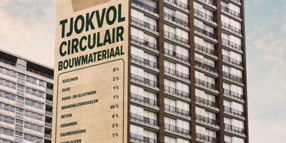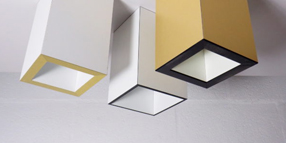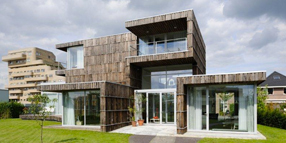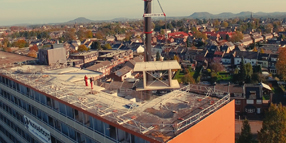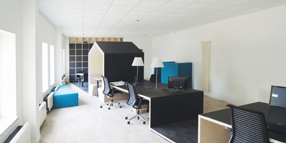In the beginning of the 21st century, Reburg, like many cities, suffered from wasteful construction and demolition works. More than 30% of all waste generated within Reburg originated from construction and demolition works. Nowadays, Reburg has adopted a circular building practice, which is aimed at getting resources back in such a way that they can be used again for other applications. Two strategies can be put forward to achieve this:
In both strategies, buildings are considered as materials banks, temporary repositories of valuable building products that can be recovered for other applications as well. Only a limited amount of primary resources have to be imported to keep the cycle running and only a limited amount of materials end up as waste that needs to be disposed.
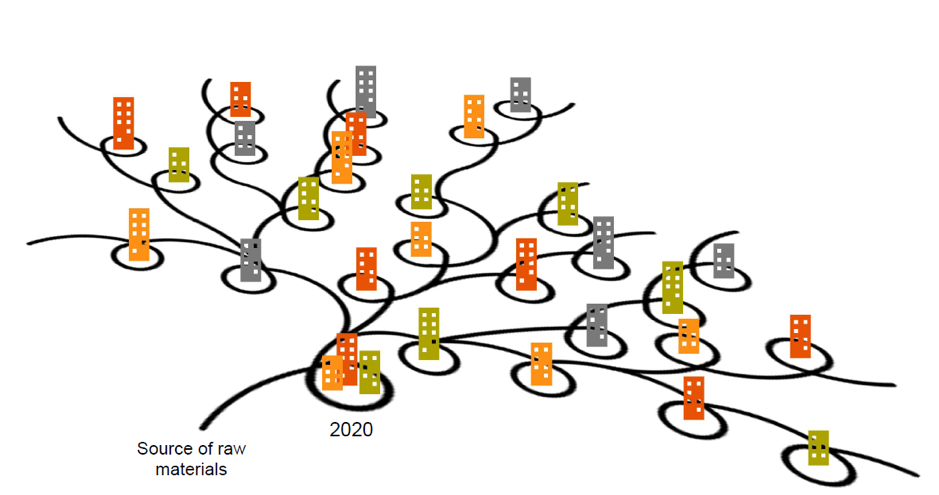 Source: BAMB
Source: BAMB
Signals of change
